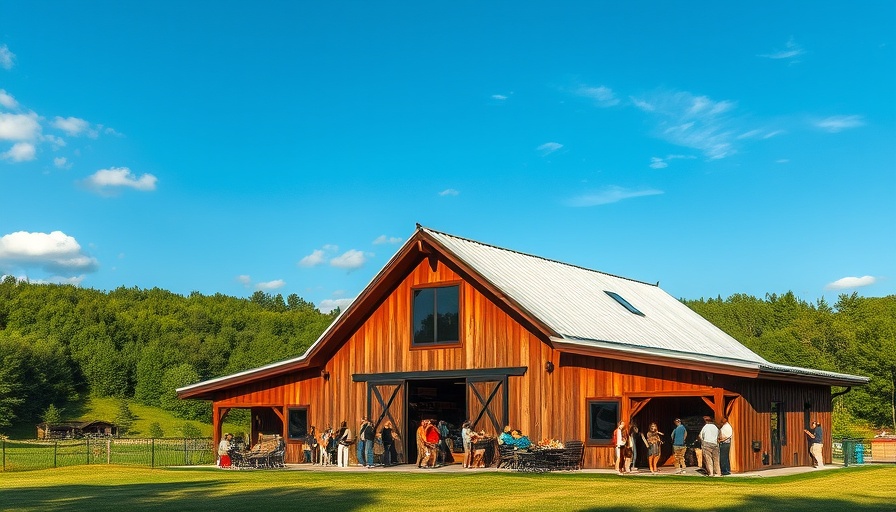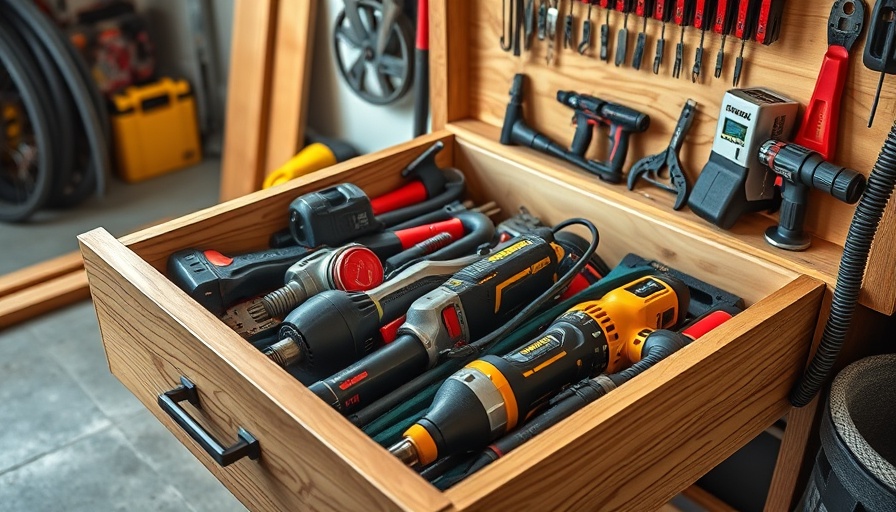
Understanding Slab-On-Grade Construction
Slab-on-grade homes are gaining popularity in various regions for their efficiency and cost-effectiveness. This construction method involves pouring concrete directly onto the ground, creating a sturdy foundation that eliminates the need for a basement or crawl space. For homeowners and builders alike, understanding the benefits and challenges of this method is essential in making informed housing choices.
Benefits of Designing an Efficient Slab-On-Grade Home
One significant advantage of slab-on-grade design is the reduction in construction time and costs. Without the added complexity of a basement, builders can expedite the overall project timeline, enabling families to settle into their new homes more quickly. Additionally, slab-on-grade homes tend to have lower utility bills due to their energy-efficient structures, especially when combined with modern insulation techniques and energy standards.
Exploring Thermal Efficiency in Home Design
Thermal efficiency is crucial for homeowners looking to minimize energy use and environmental impact. Implementing advanced insulation materials and techniques in slab-on-grade homes can significantly enhance their performance. For instance, incorporating polyisocyanurate foam insulation below the slab can help retain heat in winter and cool air in summer, leading to a comfortable indoor environment year-round.
Tips for Building and Designing Your Slab-On-Grade Home
Planning is paramount when constructing a slab-on-grade home. Here are a few practical insights to consider:
- Site Assessment: Ensure the site is suitable for slab construction by evaluating drainage and soil quality.
- Incorporate Energy-Efficient Windows: Select high-performance windows that reduce heat loss.
- Consider Landscaping: Use landscaping strategically to aid in natural cooling and heating.
Future Predictions in Home Design Trends
Looking ahead, slab-on-grade homes are predicted to evolve with advancements in technology and materials. Smart home integration could become more common, with energy monitors that track efficiency and usage in real-time. Additionally, as the demand for sustainable living rises, builders may increasingly implement recycled materials and eco-friendly designs to reduce the environmental footprint of new homes.
Common Misconceptions About Slab-On-Grade Homes
Despite their growing popularity, some misconceptions persist about slab-on-grade homes. For example, many believe these homes lack proper ventilation and can lead to moisture problems. However, with adequate planning and incorporation of ventilation systems, this can be effectively managed. It’s important to communicate these realities to prospective homeowners, emphasizing the benefits while addressing concerns transparently.
How This Information Can Help Homeowners and Builders Alike
By understanding the nuances of slab-on-grade construction, both homeowners and builders can make better decisions that positively impact their quality of life and the environment. As the housing landscape continues to change, staying informed about construction techniques, sustainability, and efficiency will be vital in navigating the future of home design.
In conclusion, diving into the world of slab-on-grade homes opens a portal to efficient, cost-effective, and sustainable living. For homeowners considering this option, it’s not just about building a structure, but also about fostering a home that aligns with modern energy standards and lifestyle practices. If you're interested in transforming your home-building approach, sustainable designs such as slab-on-grade could be the future you’ve been looking for.
 Add Row
Add Row  Add
Add 






Write A Comment